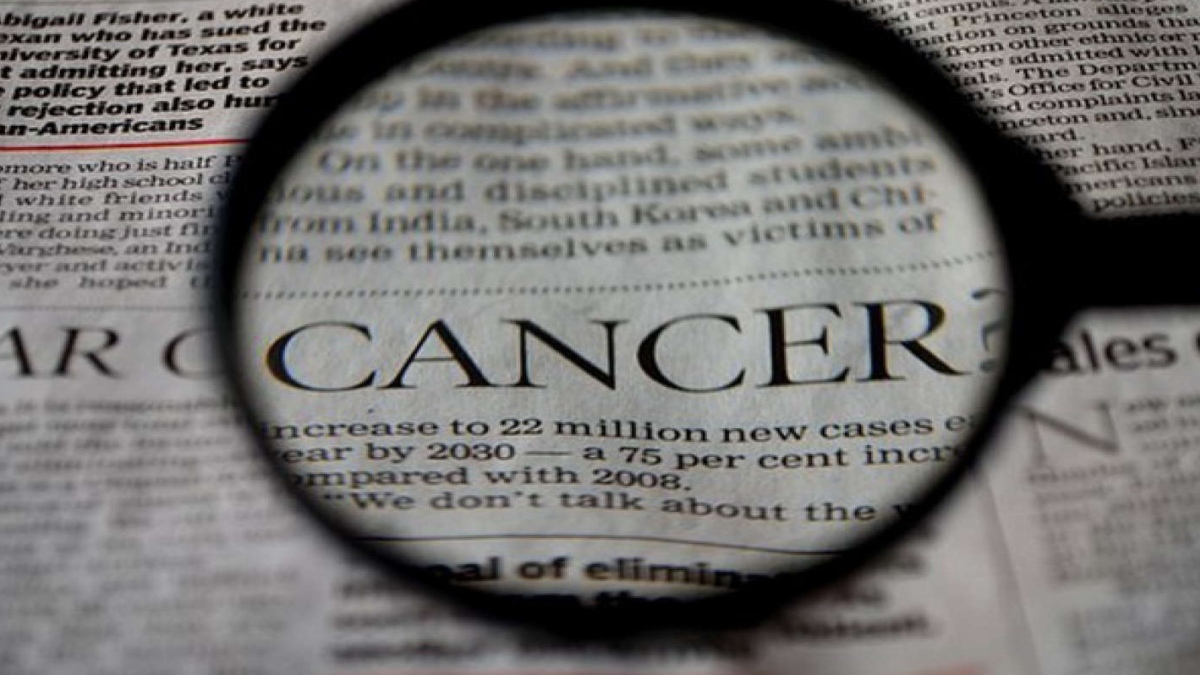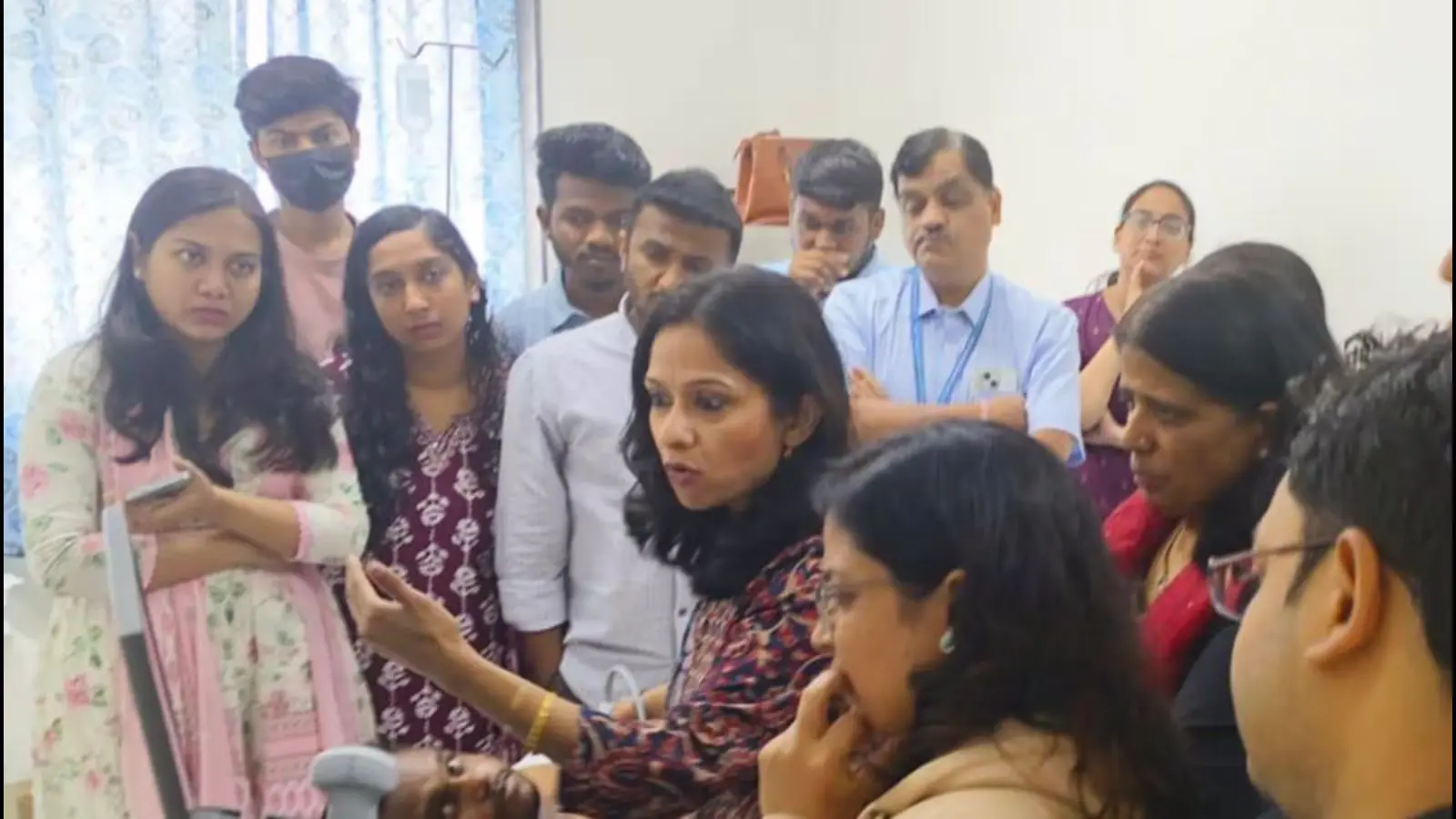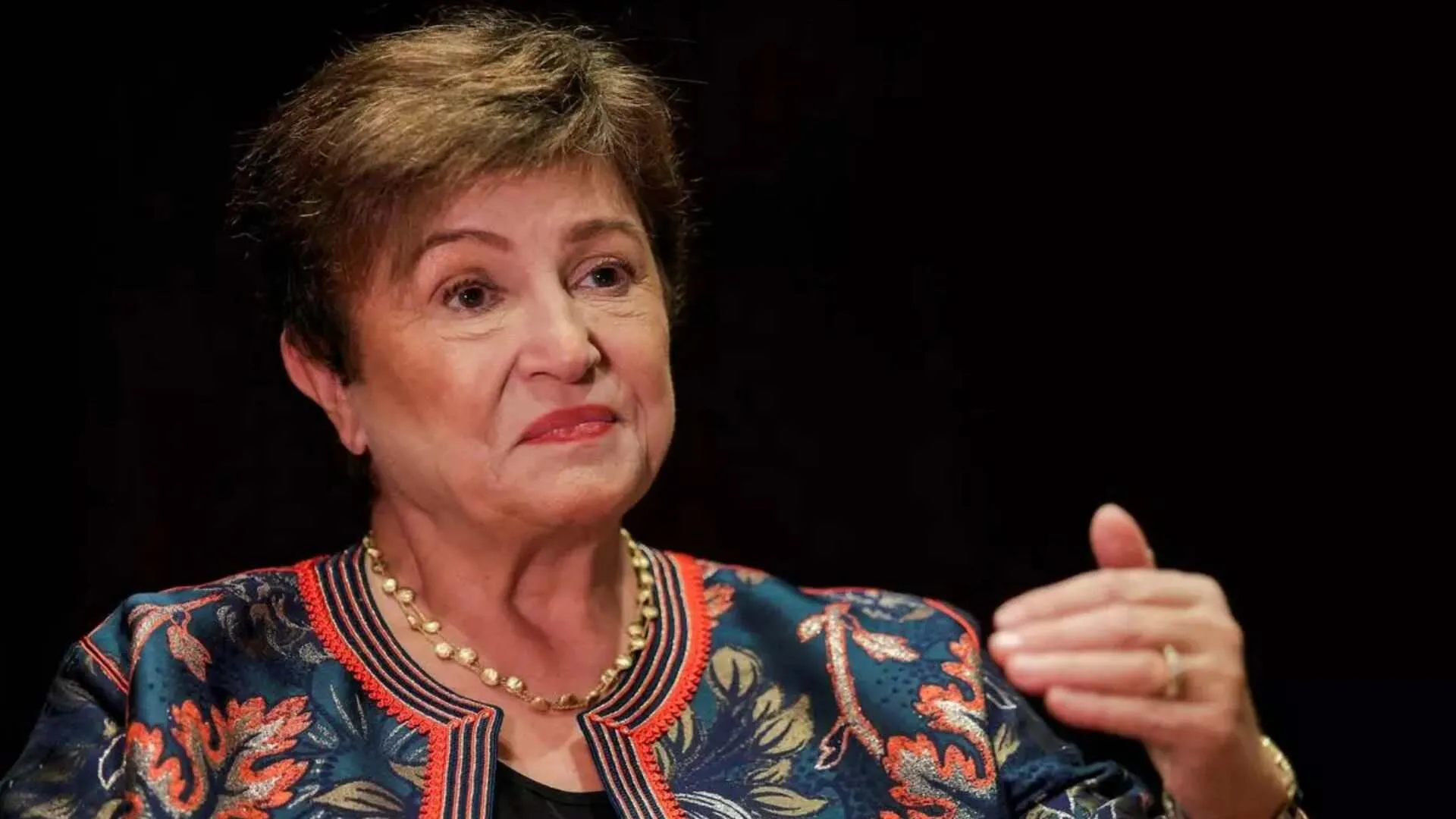Cancer prevention is one of the most important but least emphasised aspects of oncology. Early detection of cancer is a key element of the spectrum of cancer prevention. Over the last century, despite the therapeutic and technological advancements, 80 per cent of the cancers in low-and-middle income countries are invariably detected at an advanced stage. Notwithstanding the rapid progression in the science of medicine, a decisive way of improving clinical outcomes is early detection, more so given the slow pace at which technology travels from the developed to the developing populations.
The spectrum of cancer prevention is comprised of three critical components: Primary prevention, secondary prevention, and tertiary prevention. Primary prevention comprises policy and community interventions in terms of bans or curbs on tobacco, drugs, and alcohol, as also public awareness about health, nutrition, exercise and behavioral aspects. Secondary prevention is all about early detection of cancer, and tertiary prevention is concerned with proactive surveillance of recurrences.
Talking of the secondary prevention, which is the subject matter of this thought piece, it is seen that most patients don’t present themselves at hospitals and clinics during the early stage (stages 1 and 2). They invariably are referred at an advanced stage (stages 3 and 4) of cancer progression. It is pertinent to note that a simple intervention of shifting the curve to the left can prove a game changer in improving patient outcomes through early detection, rather than looking to the right to focus on the therapy innovation to lock horns with the advanced cases of multiple complexities that are often life-threatening.
Although the global awareness on the virtues of early detection of cancer is consistently on the rise, governments of many countries have not been investing substantially in cancer screening initiatives and equipments aimed at early detection. This gap needs to be aggressively bridged through targeted policy interventions to be spearheaded by the public heath bodies in charge of non-communicable disease prevention. Today, millions of dollars are being invested into molecular research aimed at cancer treatment breakthroughs, but a simple intervention of early detection can yield way faster outcomes; like for instance, in oral cancer, examining the mouth for detecting abnormalities is more prudent than focusing all energies on complex therapeutic drugs.
Two critical aspects of early detection are: early diagnosis and screening. The former is focused on minimising the cost and time of treatment while maximising the survival rates and successful clinical outcomes through better and early diagnosis of patients with symptoms. The latter probes deeper into a seemingly disease-free population to detect the silent cancers which may be imminent due to genetic or other causative factors. Needless to say, screening programs must be scientifically driven based on an identified need of say a vulnerable population.
Needless to say, technology is playing a pivotal role in early detection of cancer. The goal of the technologies enabling early detection is obviously to detect cancer at stage zero (pre-malignant stage) or at the early stages of 1 or 2.
There are five aspects of technological enablement in the specific context of early detection: clinical, biochemical, imaging-centric, endoscopy-enabled, and genomics-driven.
Thanks to a dynamic tech-enabled innovation spree across the globe, cancer therapies and procedures are changing for the better every 75 days. Given the reducing divide between the bench and the bedside, technology is making cancer research a continuum of real-time breakthroughs, not isolated lab-driven experiments. Consequently, cancer staging, and grading have become decisively accurate, thereby leading to more effective and sustainable therapies.
The future is ripe with measurable outcomes through advances in genomics, proteomics, and metabolomics. The coming years will also see breakthroughs happening in the area of blended research initiatives that look at cancer beyond the lens of biology through quantum physics, physics and chemistry. Conventional theories point at genetic changes inducing causing cancer development, but new research is focused on the possibility of metabolic changes preceding the changes seen at a genetic level.
Having said that, for innovation to produce results at the grassroots, scientific and technological advancement should necessarily be accompanied by a needful alteration in erstwhile protocols of a perfunctory nature, as also through timely policy reforms and effective public awareness campaigns aimed at promoting lifestyle and diet changes, green environment interventions, and preventive measures like Tobacco Cessation (Oral & Lung Cancer), Self-Examination (Breast Cancer), and Promotion of Hygienic practices (Cervical Cancers)
Proactive programs are imperative to inspire the youth of India to assume the ethical responsibility of cancer control through preventive measures. The government and the private sector must hence design and implement a nation-wide CSR initiative to involve the youth of India, as also school and college students to put the cancer burden in perspective through a comparative analysis of Prevention vs Treatment.
Dr BS Ajaikumar is Executive Chairman, Healthcare Global Enterprises Limited.
There are five aspects of technological enablement in the specific context of early detection: clinical, biochemical, imaging-centric, endoscopy-enabled, and genomics-driven.






















